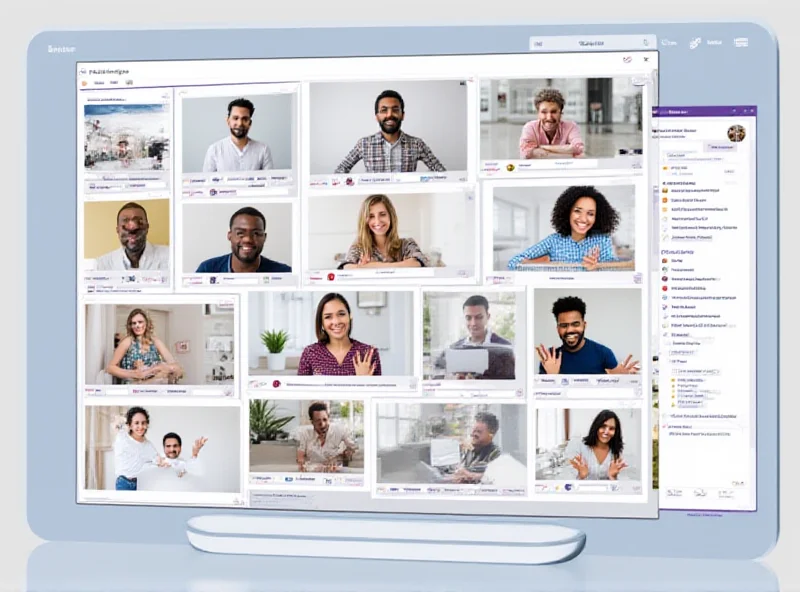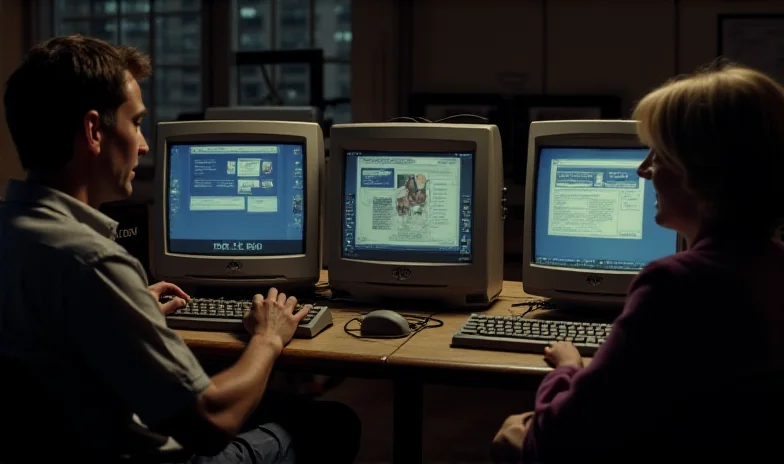Microsoft is officially pulling the plug on Skype, the internet calling service that revolutionized communication across borders. After over two decades of service, Skype will cease operations on May 5th, marking the end of an era for the platform that once disrupted the landline industry.

A Pioneer in Internet Calling
Founded in 2003, Skype quickly became a household name, offering free (or very low-cost) voice and video calls over the internet. This innovation challenged traditional phone companies and made international communication far more accessible to millions. But times change, and Microsoft believes the future lies with Teams.
“Skype redefined how people connect across borders," Microsoft stated in a recent announcement. "Shutting down Skype will help Microsoft focus on its homegrown Teams service by simplifying its communication offerings."
The Rise of Teams
Microsoft is urging remaining Skype users to migrate their conversations to Microsoft Teams. Teams, initially designed as a collaboration platform for businesses, has evolved into a comprehensive communication hub, incorporating features like chat, video conferencing, file sharing, and more. Microsoft clearly sees Teams as the future of communication within its ecosystem.

Saying Goodbye
While some users may feel nostalgic about Skype, Microsoft believes consolidating its efforts on Teams will ultimately benefit its users. By streamlining its communication services, Microsoft aims to provide a more unified and efficient experience.
So, mark your calendars: May 5th is the day Skype rings for the last time. It's the end of an era, but also the beginning of a new chapter for Microsoft's communication strategy. Users are encouraged to transition to Teams to continue connecting with friends, family, and colleagues.

Will Teams fill the void left by Skype? Only time will tell. But one thing is certain: the landscape of online communication continues to evolve, and Microsoft is betting big on Teams as its flagship platform.
What Does This Mean for You?
If you're a current Skype user, now is the time to start exploring Microsoft Teams. Download the app, familiarize yourself with its features, and begin migrating your contacts and conversations. While it may take some getting used to, the transition to Teams offers a more integrated and feature-rich communication experience. Microsoft hopes that this change will be seamless and improve the overall experience for users.

The shutdown of Skype is a reminder that even the most innovative technologies can eventually be replaced by newer, more advanced solutions. As Microsoft bids farewell to Skype, it embraces Teams as the future of communication, hoping to build upon the legacy of its predecessor and provide a more connected and collaborative experience for its users.
